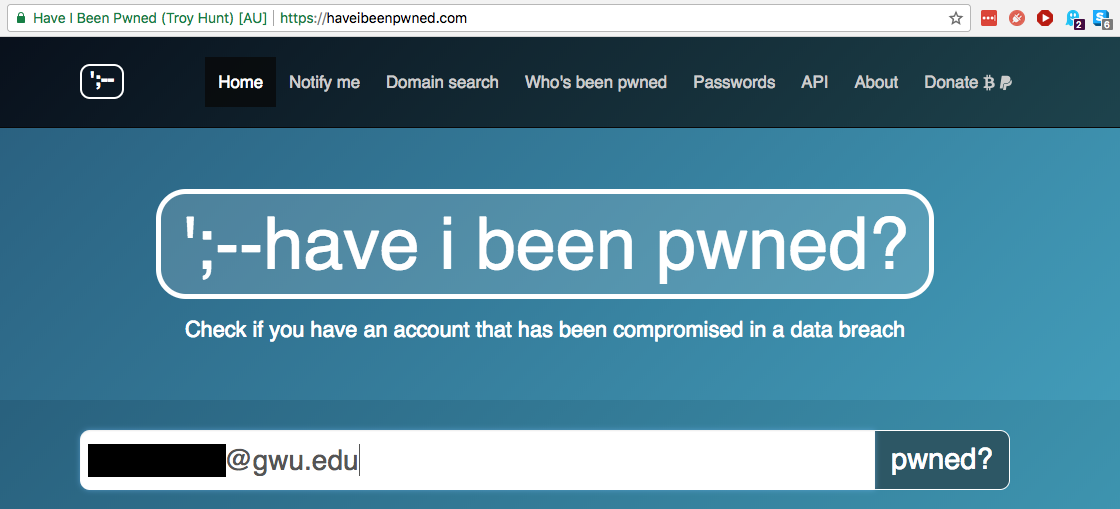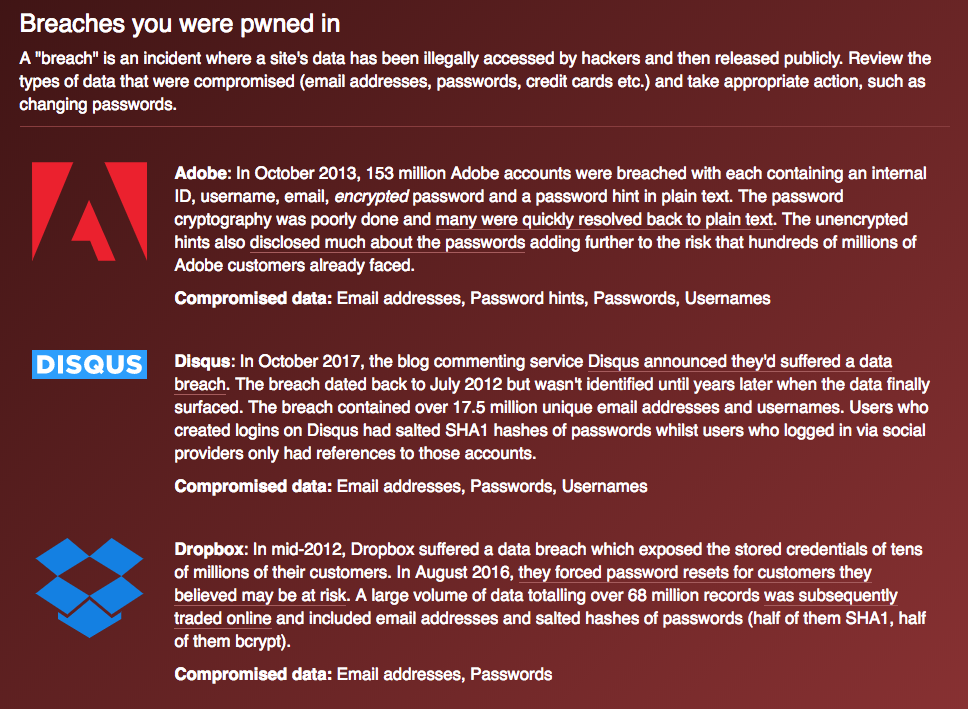The George Washington University (GW) offers Information Technology Resources (IT Resources) to facilitate virtual learning and teleworking. Complying with the University guidelines is essential to performing academic and work-related activities securely while preserving the confidentiality, integrity, and availability of the University information.
Higher education institutions are facing increased cyber threats, from cyberattacks such as phishing and ransomware to hijacking video conferencing sessions. Higher education institutions are a prime target for cyber attackers that are seeking to acquire and steal university information, such as research, personally identifiable information (PII), or to disrupt operations for financial or political gains. As a GW community member, it is essential to safeguard GW’s digital environment by understanding modern cyber threats and taking a role in minimizing risks associated with the unintentional misuse of the University IT Resources. This includes reporting events and incidents that could put university information and IT Resources at risk of exposure, theft, or misuse.
This advisory guide is intended to support the GW community when using university-approved video conferencing software and related collaboration tools. Recommendations are included to reduce the likelihood of unintentional exposure of university and personal information beyond intended recipients.
Recommendations for GW End-Users:
- Only Use “Approved Platforms” to host events, and meetings.
- Do not host school business via unapproved tools. Use only tools that have been provided or approved by GW.
- Carefully review meeting invitations. Think before you click and be wary of links sent by unfamiliar addresses
- Secure your meeting for attendees.
- Only make meetings “public” when necessary for the planned audience.
- Have a plan to terminate a meeting if needed.
- Require a meeting password and use features such as a waiting room to secure private meetings.
- Provide a link to the meeting directly to your students and share passwords in a separate email.
- Secure University Information.
- Manage screensharing, recording, and file sharing options prior and during your hosted meeting.
- Protect non-public information, especially when screensharing and displaying GW information.
- Follow GW IT's guidelines for web conferencing storage.
- Report suspicious activities or unusual events you notice during a meeting.
- Secure Yourself and our GW Community.
- Don’t unintentionally reveal information. Check your visual and audio surroundings to safeguard your personal information.
- Check and update your home network. Change default settings and use complex passwords for your Wi-Fi network.
- Always use GW VPN when accessing GW non-public information and IT Resources.
Please visit the individual collaboration web pages for specific platform best practices.
IT Support Questions? For IT support, please contact the Information Technology Support Center at 202-994-GWIT (4948), ithelp@gwu.edu, or it.gwu.edu. For self-help resources and answers to frequently asked questions, please visit the GWiz knowledge base at http://go.gwu.edu/GWiz.
Some of the blog content is provided by The Cybersecurity and Infrastructure Security, modified to align with the University’s mission and common terminologies.





